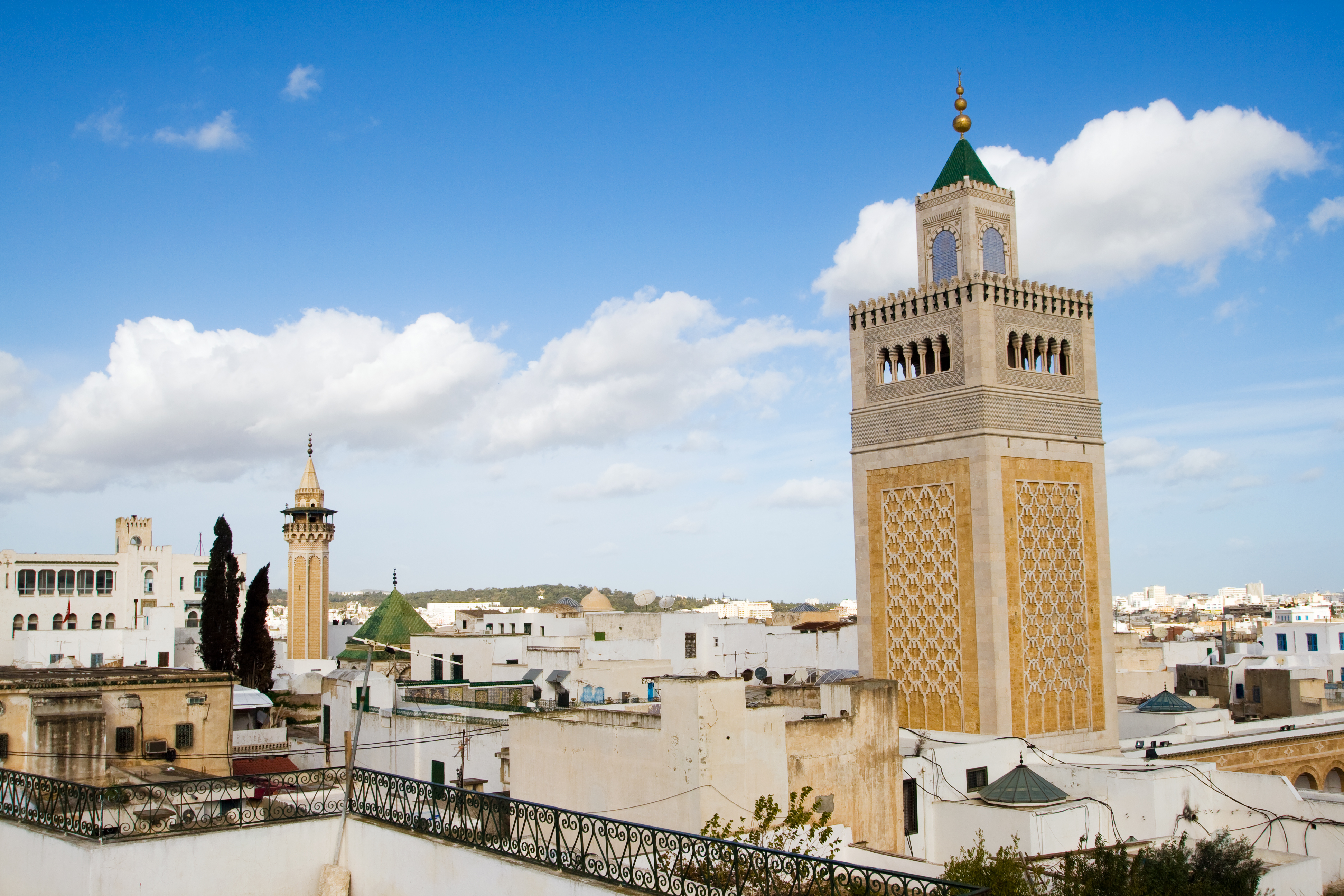About Tunis
The historic Medina dating back to the 8th century and the "Ville Nouvelle" are two worlds that represent two very different epochs - those of Arab roots and French colonial presence of the 19th century. The mix of Maghrebi and European heritage reflects in today's layout of Tunisia's capital, and the two parts of the city couldn't be more different. The Medina, a maze of narrow streets brimming with life and packed with historic monuments, remains the primary tourist attraction. Unlike the newer part of the city, the Medina still preserves an Oriental charm that takes travelers on a journey through Tunisia's glorious past - historic mosques, private homes-turned-museums, old Islamic schools as well as limitless shopping opportunities await visitors to the area at every turn. The "ville nouvelle" still bears resemblance to central districts of many modern-day French cities. Avenue Habib Bourguiba, the main artery of Tunis' "center ville", is where one will find the National Theatre, housed inside a beautiful art nouveau building. The avenue is lined with outdoor cafes, fixed-price stores and has a pedestrian walk running straight through it. Travelers to the area must keep in mind, however, that as of 2015 a sequence of curfews has been imposed in Tunis in response to a number of tragic terror episodes, which resulted in the city now being completely deserted after 9pm. Visitors must familiarize themselves with the current curfew regulations prior to traveling.
 erichon/Shutterstock.com
erichon/Shutterstock.com